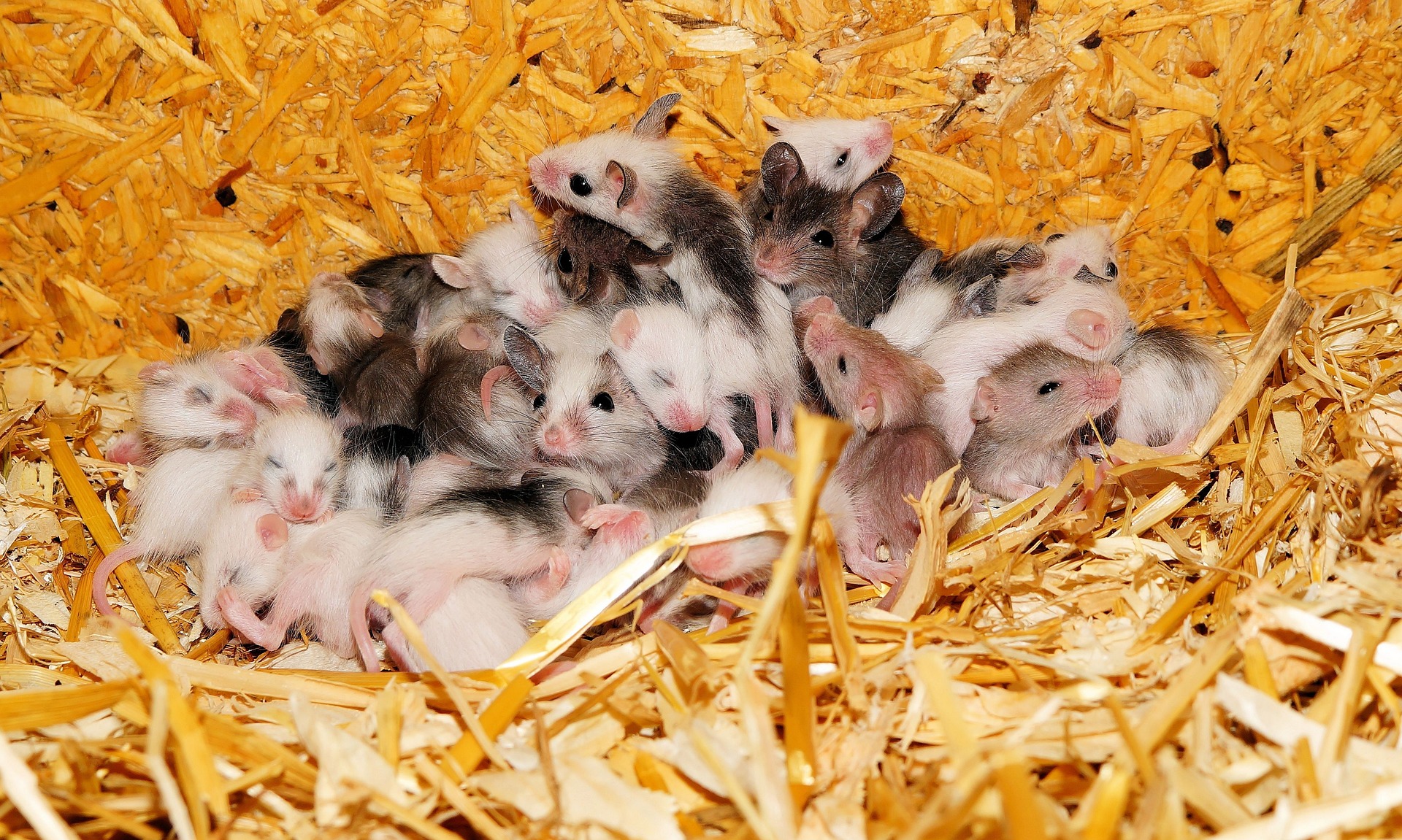Media release
From:
Stem cells: Functional egg cells generated from male mice (N&V)
A method of converting male (XY) mouse stem cells into female (XX) cells to produce functional egg cells is published in Nature today. These egg cells were then fertilized and around 1% of the resulting embryos produced healthy offspring. The research provides insights that could facilitate fertility research.
Male and female gametes — sperm and oocytes (eggs), respectively — are produced from a type of stem cells known as primordial germ cells. Differentiation of these stem cells into gametes requires proper functioning of sex chromosomes. Previous research looking into the possibility of altering the sex of primordial germ cells has found the production of gametes either diminished or produced cells with low fertility. Katsuhiko Hayashi and colleagues report that using pluripotent stem cells (including both embryonic stem cells and induced pluripotent stem cells) might have the potential to produce more robust egg cells.
The authors took skin cells from the tail of mature male mice (with XY chromosomes) and turned them into induced pluripotent stem cells. These stem cells were grown in culture, a process that leads to the loss of the Y chromosome in rare subsets of cells (approximately 6% of the cultured cells), generating ‘XO’ cells. Further growth in culture of these XO cells induced duplication of the X chromosome. Treating cells with reversine, a drug that interferes with cell division, increased the efficiency of X chromosome duplication. The resulting cells with two X chromosomes were induced to differentiate into primordial germ cell-like cells and then into egg cells, which — when fertilized and implanted into a mouse uterus — produced viable offspring. Around 1% of the implanted embryos gave rise to pups (7 out of 630).
The authors note that a more rigorous evaluation of the impact of this method of converting male cells into female on genome integrity will be necessary for future research and application.



 International
International



